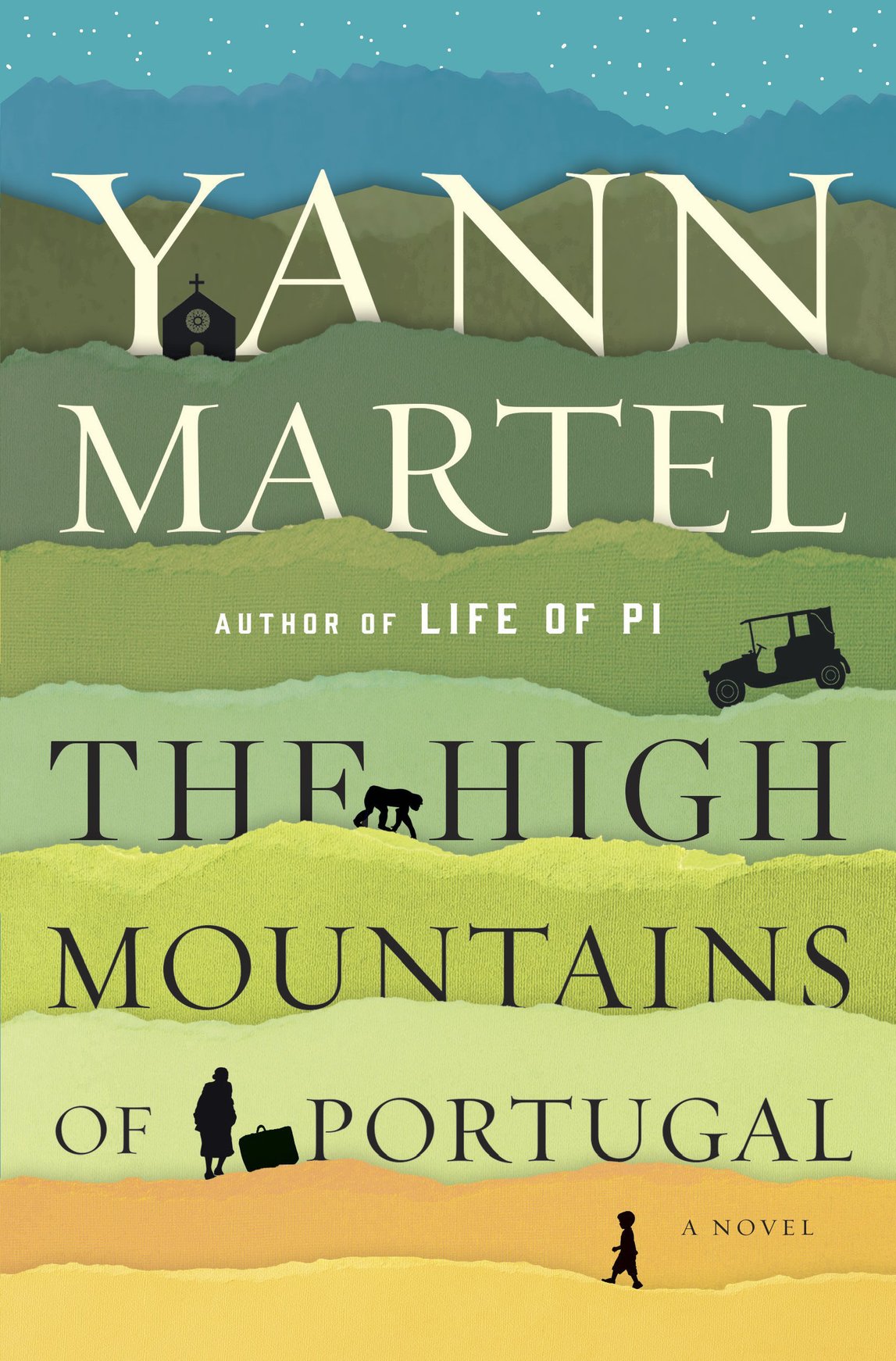
The High Mountains of Portugal
A Novel
کتاب های مرتبط
- اطلاعات
- نقد و بررسی
- دیدگاه کاربران
نقد و بررسی

Starred review from December 14, 2015
An Iberian rhinoceros, two chimpanzees, three dead wives, and two dead toddlers all figure in this highly imaginative novel. Martel’s narrative wizardry connects three novellas set seven decades apart in the eponymous region of Portugal. In the first section, titled “Homeless” and set in 1904, Tomás Lobo, a young resident of Lisbon whose wife and son have died, begins to walk backward “to face the uncertainty of the future,” since everything he cherished in life has been taken away. Though he has lost his religious faith, he vows to find a “strange and marvelous” crucifix that resembles a chimpanzee in a church in the tiny village of Tuizelo. His quest goes awry in highly comic ways: an episode that finds him naked in a meadow rubbing lice powder over his body rivals the hilarious meerkat scene in Martel’s Life of Pi. Characters from Tuizelo figure in the second section, “Homeward,” set in 1938. A pathologist receives a visit from his dead wife and later discovers a dead chimpanzee curled in the body of a man on whom he does an autopsy. Martel handles this improbable scene with convincing magical realism. “Home,” the third section, is set in 1981 Canada, where a politician mourning his dead wife impulsively buys a chimpanzee called Odo and travels to Tuizelo, where he was born. His grief is assuaged and his faith is restored by the ancient crucifix and the simple pleasures of country life. Martel is in a class by himself in acknowledging the tragic vicissitudes of life while celebrating wildly ridiculous contretemps that bring levity to the mystery of existence.

February 1, 2016
Like Martel's celebrated Life of Pi, this new book investigates a world of tragedy linked with animals, but the context is completely different. In three distinct yet connected parts, each centered on the high plains in northern Portugal, the narrative describes an innovative arc of endings and beginnings. The first section features archivist Tomas, who, in reaction to the death of his family, has taken to walking backwards and is obsessed with finding an enigmatic crucifix. The second section examines Portuguese pathologist Eusebio Lozaro, seemingly unhinged after a violent and unexplained personal loss, and his performance of a highly improbable autopsy. The third part brings a grieving Canadian senator back to his original family home in Portugal with an unlikely companion who offers a different perspective on living. VERDICT The intriguing setting and intricacy of the storytelling create an engrossing reading experience, with disparate elements combined into a coherent whole. As a theme, the interchangeability of humans and animals resounds throughout, suggesting a form of anthropomorphic magical realism reminiscent of Gabriel Garcia Marquez but allowing interpretations to remain open. An enjoyable journey that brings meaning and discovery. [See Prepub Alert, 8/24/15.]--Henry Bankhead, San Rafael P.L., CA
Copyright 2016 Library Journal, LLC Used with permission.

December 15, 2015
Not even the gods can defend a man, not even one they love, that day when fate takes hold and lays him out at last. These memorable lines from the Odyssey ring entirely true over the course of the three disparate sections that bind loosely together to form Martel's (Beatrice and Virgil, 2011) latest novel, which emphasizes the cruel hand of destiny in shaping our unpredictable lives. Tomas, Maria Dores Passos Castros, and Peter Tovy might be separated by time and circumstance, but they are connected by their shared family history, which can be traced to the high mountains of Portugal. Each also suffers a devastating loss that scars his or her psyche seemingly irreparably. Martel's familiar trope of our interconnectedness with the animal world (realized indelibly in The Life of Pi, 2002)a chimpanzee is a recurring element through the three narrativesseems a bit discombobulated here, and the plot's many improbable coincidences strain credulity. Nevertheless, this allegorical tale drives home the ephemeral nature of beauty and joy and the thin line we all walk between normalcy and madness, especially in the wake of loss. HIGH-DEMAND BACKSTORY: Martel is a magnet for fiction lovers, who will be curious about his new novel.(Reprinted with permission of Booklist, copyright 2015, American Library Association.)

























دیدگاه کاربران